8 Natural Ways to Fight Back Against Plaque
Plaque
is a common dental problem that should not go unnoticed. Apart from
being rather unsightly, plaque can also worsen, and lead to more serious
ailments. There's an extensive range of products you can use to get rid
of it, but did you know there are also some great chemical-free natural
remedies you can use to prevent or help treat its formation? Now is the
time to get better informed about the matter.
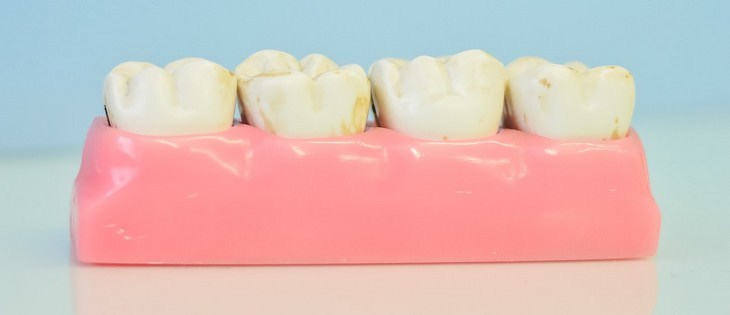
THE 8 NATURAL REMEDIES FOR PLAQUE
1. Brushing with baking soda and salt
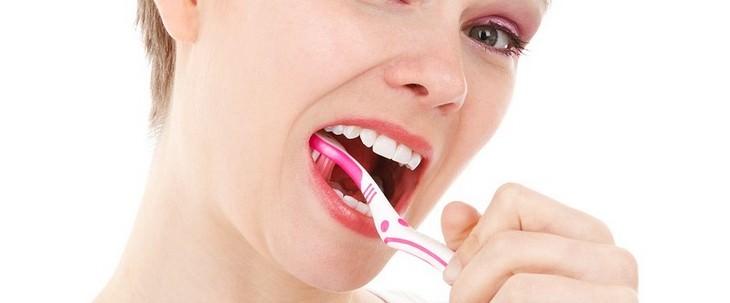
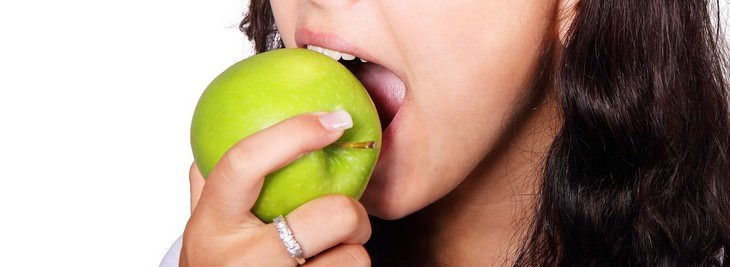

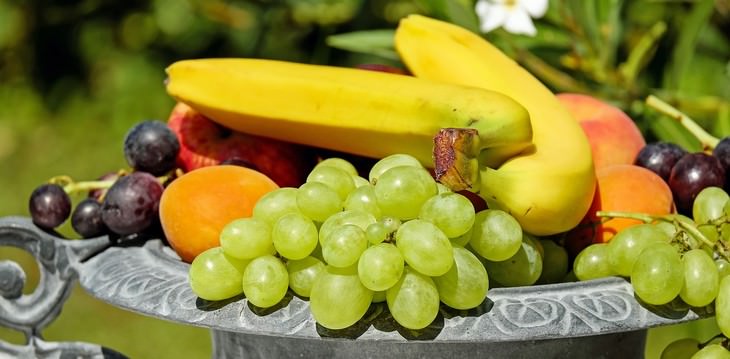

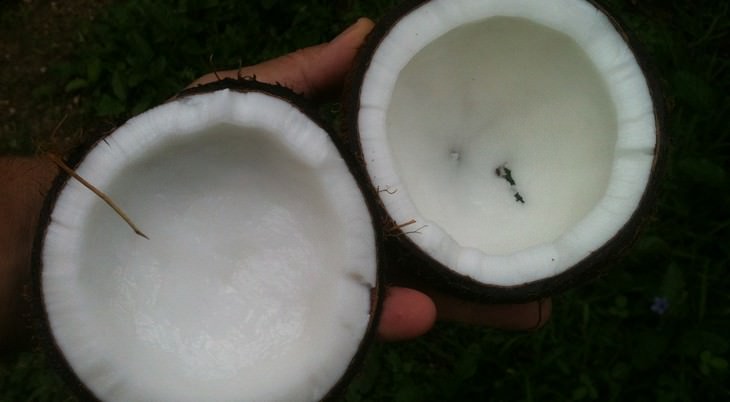
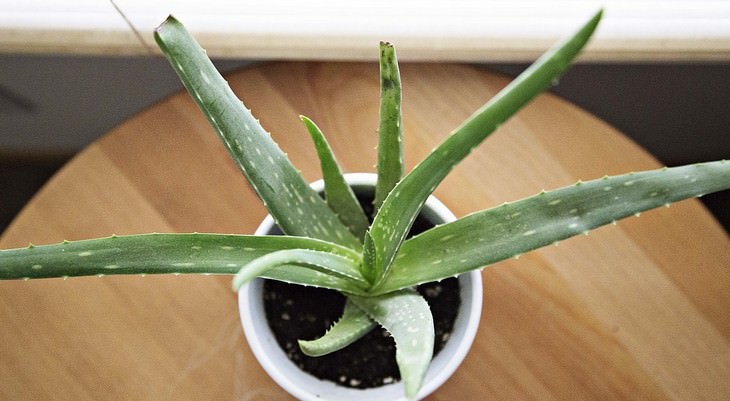
First of all... What is plaque?

Plaque
(also known as dental biofilm) is formed as a result of substances
gathering in our mouth after eating or drinking, appearing as a white or
pale yellow "slime layer" between the teeth and along the cervical
margins (the surface touching the gum). The substance consists of food
debris, bacteria, and bacterial waste, possibly leading to oral
complications such as gingivitis and periodontitis.
Although the formation of plaque is normal for everyone and cannot be stopped, controlling it is one of the most important things in dental care. This is because plaque may become acidic, leading to the demineralization of the teeth or tartar.
Although the formation of plaque is normal for everyone and cannot be stopped, controlling it is one of the most important things in dental care. This is because plaque may become acidic, leading to the demineralization of the teeth or tartar.
What is tartar?
If
plaque remains untreated, it can harden and turn into what is called
tartar or calculus. It can form both along the gum line, and also within
the narrow sulcus, found between the teeth and the gingiva. Tartar may
be the cause of bad breath, receding gums, and chronically-inflamed
gingiva, as well as the further formation of plaque.
When plaque becomes tartar, it becomes far more difficult to remove and would require clinical help. Tartar formation is not only connected to oral hygiene, but also tobacco use, drugs, age, diet, and genetics.
When plaque becomes tartar, it becomes far more difficult to remove and would require clinical help. Tartar formation is not only connected to oral hygiene, but also tobacco use, drugs, age, diet, and genetics.
What can you do to treat and prevent plaque build-up?
There's
a lot you can do to prevent plaque from forming on your teeth and
leading on to something more serious, such as tartar. To begin with, it
is important to get checked regularly by a dentist to make sure your
teeth and gums are in good shape. Secondly, we recommend that you try
some of the best natural techniques that can rid your mouth from plaque
in some simple steps. Here are some excellent methods that are tried and
tested:
THE 8 NATURAL REMEDIES FOR PLAQUE
1. Brushing with baking soda and salt

The
combination of these two ingredients is one of the safest and most
effective ways to help you eliminate plaque. Combine one tablespoon of
baking soda and half a teaspoon of salt in a bowl. Dip a wet toothbrush
into the mixture and brush your teeth with it. Repeat this a few times
to achieve great results.
2. Munching apples

One
of the solutions is in your very own dessert. Snacking on apples or
melon just after a meal is one of the best natural ways of cleaning your
teeth and gums from remaining bits of food, as well as eliminating
plaque.
3. Rubbing orange peel

Before
brushing your teeth, grab a piece of orange peel and rub the inner
(white) part against your teeth's surface for about two minutes.
Performing this ritual on a regular basis will not only render your
teeth polished and whitened, but will prevent plaque build-up due to the
vitamin C found in the orange peel.
4. Using other fruit rich in Vitamin C

In
addition to oranges, there are various other fruits that can do wonders
for your dental health. Opt for Vitamin C-rich fruit, such as
strawberries, to boost your immune system and help fight off oral
infections. Take full advantage of their benefits by rubbing them
against your teeth and consuming them.
5. Scrubbing with sesame seeds

Sesame
seeds may also help you get rid of plaque, due to properties that
enable them to act as a great abrasive to clear and polish your teeth.
Simply grind them against your teeth, then remove the leftover pieces
using a dry toothbrush.
6. Brush with coconut oil paste

Surprisingly,
coconut is incredibly beneficial for your dental health. Protect your
teeth from plaque by combining two tablespoons of virgin coconut oil and
two tablespoons of baking soda in a bowl to make a paste. Then, use the
paste as a natural toothpaste to reap the effective benefits. Feel free
to also add any essential oil of your choice to the mixture (such as
peppermint).
7. Using aloe vera

Just
as aloe vera is great for our skin, it's also perfect for soothing our
teeth and gums. Studies have shown that aloe vera can improve plaque and
periodontal conditions and maintain hygiene in our mouth. Simply apply
some aloe vera to your toothbrush and use it as toothpaste.
8. Rinse with hydrogen peroxide
The
properties of hydrogen peroxide make it ideal to be used for oral
health. Make a mouthwash consisting of three parts water (or prepared
mouthwash) and one part 3% hydrogen peroxide solution. Swish, gargle and
rinse well for one minute daily. This will act as an astringent and
teeth whitener, as well as help remove plaque and loosen tartar.
Remember some other important tips:
• Brush your teeth regularly and effectively:
If you want to avoid plaque accumulation, take this as a rule of thumb.
Use a soft-bristled brush and brush up and down, carefully reaching and
brushing each tooth.
• Visit your dentist regularly: Don't forget to get your teeth checked every so often.
• Drink water: Water is a way of rinsing your mouth from food particles after eating a meal. Make sure you drink enough water each time.
• Don't forget dental flossing: Use dental floss to clean the areas between your teeth at least once a day (although twice is ideal).
• Visit your dentist regularly: Don't forget to get your teeth checked every so often.
• Drink water: Water is a way of rinsing your mouth from food particles after eating a meal. Make sure you drink enough water each time.
• Don't forget dental flossing: Use dental floss to clean the areas between your teeth at least once a day (although twice is ideal).
T